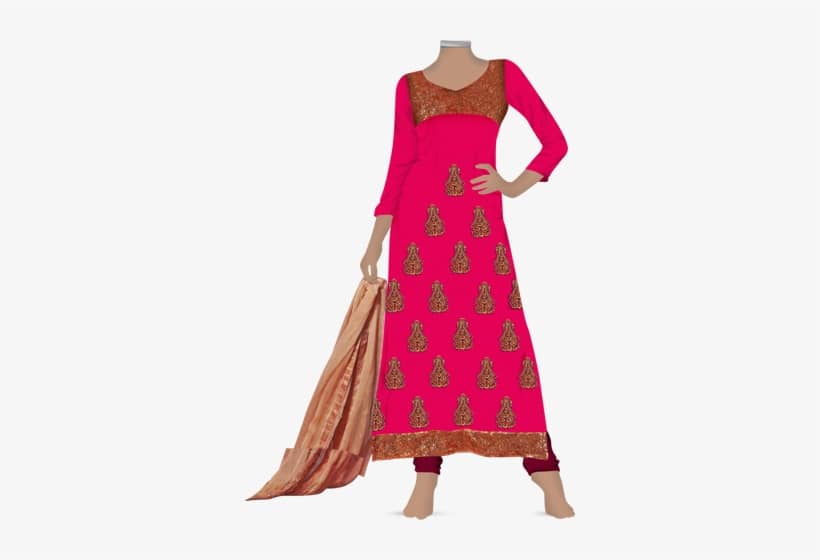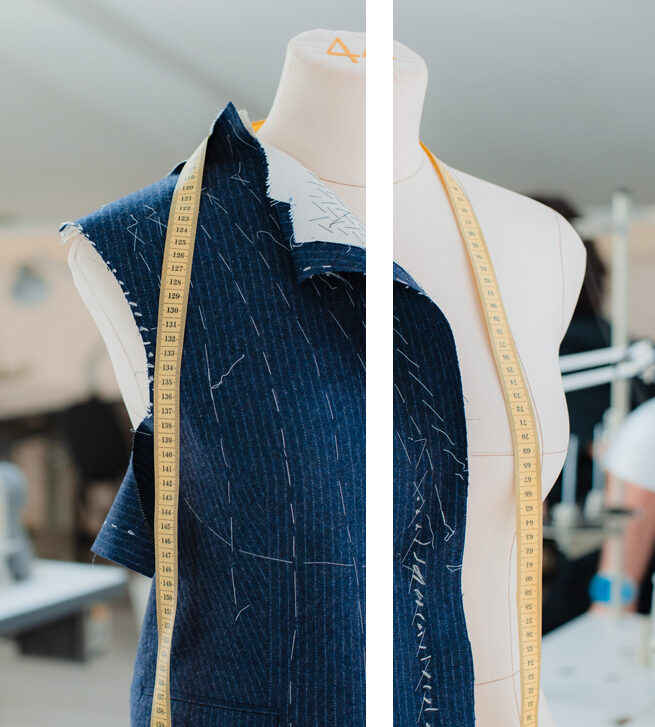Tailor Perth Specialists: Tailor-Made Solutions for Elegant Clothes
Tailor Perth Specialists: Tailor-Made Solutions for Elegant Clothes
Blog Article
Recognizing the Tailoring Refine: From Material Option to Final Fitting for the Perfect Wardrobe
The customizing process is a complicated interaction of art and science, beginning with the vital decision of textile choice and culminating in the specific changes of final fittings. Each material kind brings distinct qualities that influence not just the visual charm however also the garment's longevity and suitability for numerous events. Recognizing the nuances of customizing techniques can boost one's closet to unmatched degrees of class. As we explore these aspects additionally, one must take into consideration just how even the smallest details can significantly affect the overall result of one's individual style.
Value of Material Option
Selecting the right textile is vital in the customizing process, as it straight influences the comfort, sturdiness, and general visual of the last garment (tailor perth). The selection of fabric establishes the structure for the garment's design, performance, and efficiency. Various textiles possess distinct buildings, such as breathability, stretch, and weight, which can considerably impact just how the garment drapes and fits the body
Furthermore, fabric choice impacts the garment's long life and convenience of care. Top notch materials can hold up against wear and tear, preserving their look and structure gradually, while lower-quality products may bring about pilling or fading. Additionally, the ideal material adds to the garment's ability to change across periods and events, thus enhancing adaptability.
A tailored piece made from an ideal material not just showcases workmanship however likewise elevates the wearer's self-confidence. As a result, understanding the nuances of textile choice is critical for any customizing endeavor. It ensures that the end product not just satisfies the aesthetic needs of the client yet likewise straightens with practical requirements, thus attaining an unified equilibrium between type and function in the customized wardrobe.
Kinds of Fabrics and Their Uses
Understanding the various kinds of fabrics available is crucial for making informed decisions during the customizing procedure. Each textile possesses unique characteristics that determine its suitability for specific garments and occasions.
Its versatility allows it to be tailored into every little thing from shirts to outfits. Its natural flexibility assists garments keep form over time.
Silk exudes deluxe and is lightweight, making it ideal for eveningwear and delicate blouses; nonetheless, it needs careful handling because of its fragility. Linen, with its textured coating, is a prominent option for warm environments, giving a airy and crisp feeling, however it wrinkles easily, which might impact the garment's look.
Artificial fabrics, such as polyester and nylon, offer sturdiness and resistance to creases, making them suitable for everyday wear and energetic garments. Comprehending these textile types and their homes permits better decision-making, ensuring that each customized item not just fits well but also aligns with the intended function and celebration.
The Tailoring Techniques Explained
The art of customizing counts on a range of strategies that change fabric into well-fitted garments. Central to this procedure is pattern composing, where a dressmaker develops layouts based upon the customer's measurements and desired style. This Visit Website preliminary action ensures that the garment will fit the user effectively prior to any cutting occurs.
Once patterns are established, reducing strategies come into play. Accuracy is paramount as errors can result in misfitting garments. Tailors often make use of various cutting techniques, such as single-layer reducing for intricate layouts and multiple-layer reducing for efficiency on conventional patterns.
Basting is an additional necessary method, enabling tailors to temporarily stitch material assemble for an initial fitting. This method uses the opportunity to examine the drape and overall shape before final sewing.
Seaming techniques, consisting of flat-felled joints and French seams, boost the garment's durability and aesthetic charm. Tailors additionally use methods such as interfacing and padding to give structure and form to particular locations, like collars and shoulders.
Lastly, ending up techniques, consisting of hemming and edge finishing, make sure the garment's long life while supplying a sleek appearance. Together, these methods develop the foundation of efficient tailoring, resulting in charming, custom-fit apparel.
Fitting Changes and Considerations

Key considerations include the shoulder fit, which needs to neither droop neither limit activity, and the sleeve length, which need to permit comfy arm activity while maintaining a polished look. Additionally, changes at the midsection can refine the shape, with choices to allow out or take in fabric as needed.
The rise of pants is an additional important variable; it must sit comfortably over the hips without causing pain, permitting simplicity of activity. Hemming sizes for both trousers and skirts must show the wearer's favored design while respecting percentages.

Preserving Your Tailored Garments
Constantly comply with the treatment tag guidelines, which may advise dry cleansing for delicate materials or maker cleaning for even more resilient products. Stay clear of frequent laundering, as this can wear down the fabric and alter the garment's form.
Storage is similarly crucial; usage cushioned hangers for coats and layers to maintain shoulder framework, and shop trousers folded up neatly or hung to prevent creasing. Shield garments from direct sunshine, which can fade colors and damages fibers.
In addition, regular examinations for small repairs can avoid bigger problems. Look for loose switches, tearing seams, or signs of moth damage, addressing these visit our website issues quickly to keep the garment's honesty.
Finally, consider seasonal rotation. Putting on tailored items in moderation allows textiles to recuperate, prolonging their lifespan. By executing these upkeep techniques, you can make certain that your customized garments remain as immaculate as the day you first wore them, improving your excellent closet for years to find.
Verdict
The customizing procedure, including fabric option, proficient strategies, and accurate suitable changes, plays an important duty in creating garments that improve both comfort and design. Comprehending the relevance of maintenance prolongs the life of tailored garments, solidifying their worth in a well-curated closet.
Picking the appropriate textile is crucial in the customizing process, as it directly influences the convenience, durability, and total aesthetic of the final garment. The choice of fabric sets the structure for the garment's style, performance, and performance. Various materials possess one-of-a-kind residential or commercial properties, such as breathability, weight, and stretch, which can considerably influence exactly how the garment drapes and fits the body.
The art of tailoring counts on a range of strategies that change textile right into well-fitted garments.The tailoring process, incorporating fabric choice, experienced methods, and exact fitting changes, plays a vital role in creating garments that boost both convenience and design.
Report this page